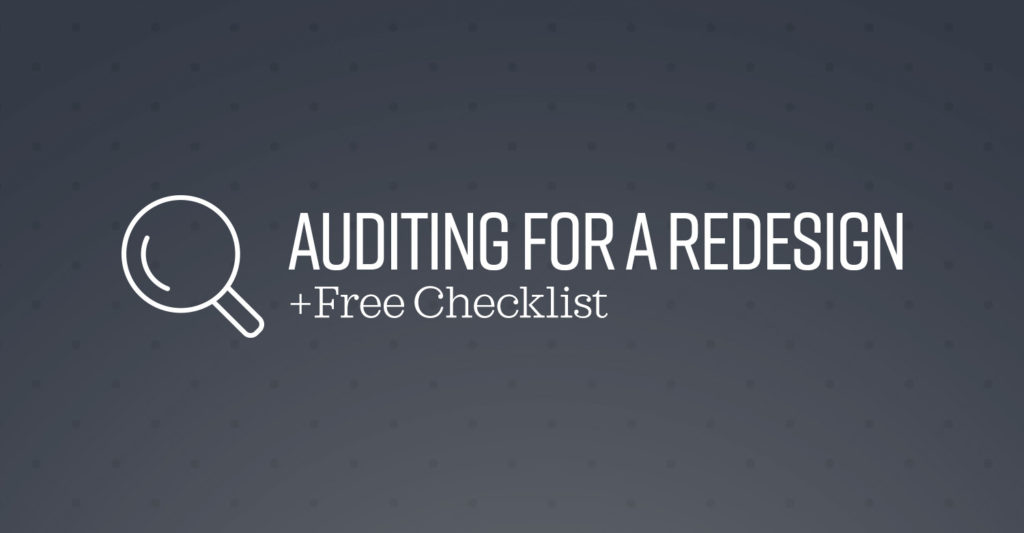It’s hardly a surprise that content on a web page can substantially delay the web design process. It’s the main contributor of hold-ups for website design projects. People end up producing fluff content, or ponder how to start the content creation process.
The Process
Everyone likes to claim they are different, but at Hub & Spoke, our differences aren’t simply about personality and pizzazz. We save you money, without compromising quality.

Web design and development is one of those necessary expenses that can make or break a business in today’s competitive marketplace. At Hub & Spoke, we don’t nickel and dime our clients for the things it takes to maintain a website, like many agencies do. Instead, we focus on building the relationship, ensuring we know your needs and can continue to improve your marketing and design. Continue Reading
Website vendors and design providers are a dime a dozen these days, especially with the emergence of website builders and offshoring services. Do any search online, and you’re sure to find twenty or more vendors providing everything from premium consulting to out-of-the-can template generation for those on a bootstrap budget.
Maximizing a Smaller Budget for Non-Profit Website Design
Posted on 02/10/2017Top notch non-profit website design requires the same level of professionalism as is expected of any business web design, especially when accepting donations or aiming to increase awareness.
How do non-profits justify the need for a web design budget?
In today’s world, people browse online when they want to learn more or contribute to a cause, so a powerful web presence is a must to help stand out. Continue Reading
Auditing Your Website for a Successful Redesign
Posted on 01/17/2017If you’re thinking of doing a website redesign, you probably have an inkling that there is something about your current website that is not quite working for you.

Whether you’re wanting to reorganize and update current content, work to improve your search ranking through SEO or just want a fresh redesign, a website audit is a great way to begin the process of figuring out what elements are amiss and how to right the ship.
An audit is also a good way to evaluate the effectiveness of your site overall and its marketing message, while helping you set goals and analytical data points to revisit after relaunch to gauge success. Continue Reading
5 Things to Consider Before Issuing a Website Design RFP
Posted on 01/03/2017Finding a creative agency that fits perfectly with the needs of a client is one of the greatest challenges in the marketing process. Every agency has its specialties or industries it often works with, along with its unique qualifications and characteristics.
For many organizations, an RFP represents the best way to choose from among multiple vendors for a final interview and decision.

Having received and replied to a lot of RFPs over the years at Hub & Spoke, we thought we’d share a few tips on how to make it a smooth process.
1. Share Your Budget
It is a common notion that withholding your budget information increases competition among agencies and thus assuring you of better value. However, agencies have to consider the scale when looking to take on a project.
Withholding your budget information can lead to wasted time for both you and the agency in figuring out whether the relationship fits. Disclosing the budget information helps narrow down the field and ensures the right people respond.
2. Make your goals clear
When issuing an RFP for a St. Louis website design, you should consider clarifying the challenges you are likely to face and goals you have for the project.
Clearly outline the changes to the website and how you expect it to be organized. While you’re not expected to have a final plan of action, it’s still a good idea to establish a scope of work that the agency can use as a foundation for their estimate and their expected scope of work.
However, don’t be too rigid in your expectations. It’s okay to provide room for new ideas; that’s likely why you’re looking for help with your website design in the first place.
3. Set a realistic timeline
Website redesigns have been a painful process for non-profit organizations for a long time.
Given the importance of branding and website design to an organization, the last thing you would want to do is rush through the design, the strategy, and the implementation. Since it is an investment in time and money, it is important to get it right, without taking any shortcuts.
Setting realistic timelines will help you avoid any future regrets and ensure a well thought-out discovery phase and design period.
4. Narrow the field
Not every web designer will be a good fit for your project, so narrow down the field before issuing your RFP, instead of posting it for all comers.
Spend some time looking at other agencies’ works to see if they resonate with you and select a handful to compete for your project. Try reaching out and discussing with them to determine whether you can work perfectly together, as they’ll always be happy to talk about how they can help.
Also, by narrowing down the list before sending, you’ll avoid a lot of junk responses that are boilerplate and simplistic, which don’t address the actual problems and scope presented by you in the RFP.
5. Decide whether you really need an RFP
Before issuing an RFP, ask yourself whether it is really necessary or not.
Many organizations have moved away from the RFP process because they recognize that it may not be the most effective way to identify the perfect partner.
You might invest your time in developing the needs and requirements only to be put aside. Therefore, be thoroughly sure that you need an RFP before issuing and ensure you can dedicate the proper time to studying each response.
Creating a website design RFP can be a time consuming process with lots of data and information to compile. Have questions? Contact us and we’re happy to give our input, as we’ve read and responded to many of them.

